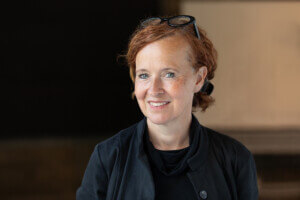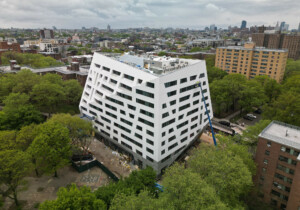The founders of Columbus, Ohio-based studio Outpost Office conduct a lot of site visits. Not just for their own emerging architectural practice, established in 2014 in Ukraine, but as a way to have fun, educate themselves, and their peers.
Ashley Bigham and Erik Herrmann are both assistant professors of The Ohio State University’s Knowlton School of Architecture. In their free time—which is few and far-between as academic practitioners—they host a clever podcast called Site Visit where they invite guests to give them tours of random architecture. The best example of how interesting and unpretentious this design podcast is lies in the fact that their first episode ever was recorded in Michigan’s #1 home improvement store.
The first eight-episode season was released last year and attracted nearly 4,000 subscribers. Now in its second season, Site Visit is expanding with more episodes and more diverse points of view. AN spoke with Bigham and Herrmann about the inspiration behind the podcast, how to get good audio of a building, and why they feel they could tour the same space over and over again and still learn something new each time.
AN: First, the name. What inspired you to call the show Site Visit?
Erik Herrmann: We wanted the name to be simple and direct. No one has very much time these days, so we get right to the point. And for architects, it’s also a bit of a wink, which also clues you into the tone. Site visits are the things we do as architects when we leave the confines of the office and get out “into the world.” Site Visits are thrilling, but also a bit intimidating for young architects. You have to improvise, negotiate, and perform in all kinds of fascinating ways. You are often wearing a lot of hats…literally and metaphorically. Every site visit is different, so no one is exactly in their comfort zone. We wanted to produce something that was authentic to the medium of podcasts and wasn’t like a lecture, review, or interview which are the typical formats we get architectural knowledge from. These formats are usually about someone directly demonstrating their expertise. We wanted to cultivate a conversation amongst friends with buildings at the center.
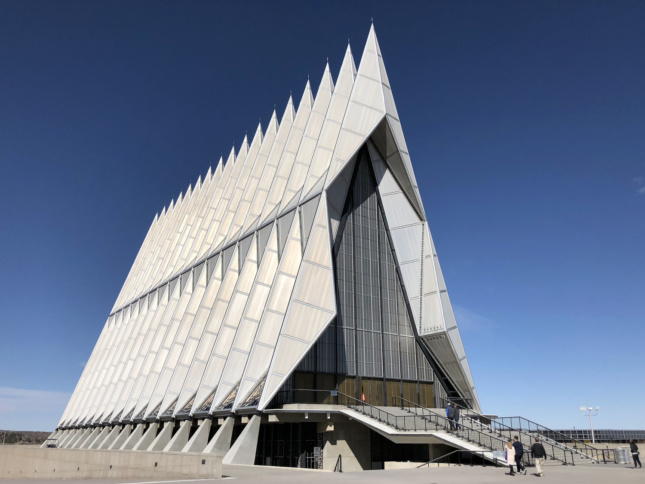
In your roster of episodes, you visit a theater, a military academy, an architecture school, and downtown Denver, among other places. How do all these “architectures” connect?
EH: There are a lot of great podcasts on architecture, but they often tend to be academic and borrow a lot from the traditional formats we discussed earlier. Within that space, we saw an opportunity to try something a little different. There’s a particular genre of podcasts we were attracted to that are essentially serialized conversations amongst friends that center around a shared experience. The podcasts Doughboys, which reviews chain restaurants, and The Flophouse, which reviews films, are two examples.
We then started talking a lot about things we genuinely liked to talk to each other about, which to be honest was buildings. But we’re also academics, so we can’t help but talk about buildings in terms of, to borrow Stan Allen’s terms, not only practice but also project. We wanted to find an approachable, straightforward format that allowed our guest’s project or more overarching theory of architecture to organically emerge while the conversation focuses on a specific building. So our initial intention was simply to invite someone who could help unpack a building for us and it worked! Through their choice of that site and their personal description of it, we’ve started to better understand how people see the world around them.
Do you have specific criteria for the sites you visit?
EK: Our guest always chooses the location. Our only rule is that it’s not a space they themselves designed. Our preference, though, is that it’s a public building.
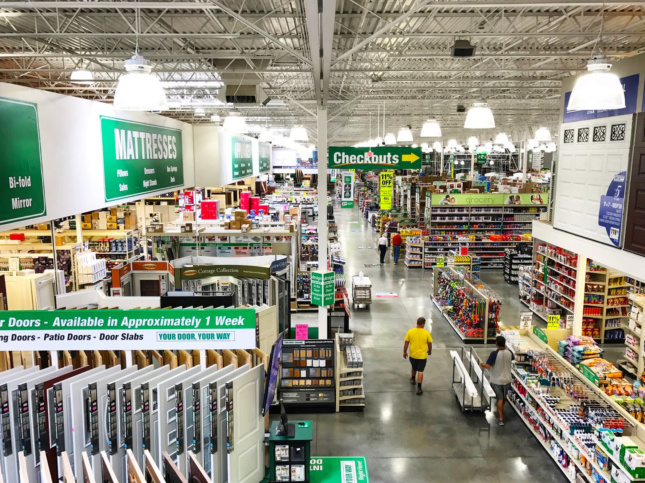
Any highlights from Season 1?
Ashley Bigham: Episode 1 with Ellie Abrons remains one of the favorites. We went to Menard’s, which is a midwest chain of home improvement stores, and it was a great way to kick off the podcast. In the beginning, we were worried that our guests would only choose signature buildings by famous architects. Menard’s is great because it is a very complex piece of architecture. It’s basically a fun palace. It’s a densely filled commercial space that has an impact on all people, particularly children. So many people in the Midwest love it and tell us they went there all the time as a kid. Anyone who has ever been into a big box store can relate to what we were talking about in this episode without even visiting that specific one. The episode also offers some insight into Ellie’s approach to architecture.
What can listeners expect with Season 2?
AB: Our first interview is with Anya Sirota of Akoaki in Detroit. She’s also a professor at the University of Michigan Taubman College of Architecture. She took us to Airtime in Ann Arbor, which is an indoor trampoline park. Season 2 will also include our first live episode which we’re very excited about. We’ll be recording an episode live during the fall conference for the Association of Collegiate Schools of Architecture at Stanford.
EH: We are highlighting a couple of other people located in the Midwest as well for Season 2, an architect and museum curator specifically. We want to expand the conversation to include a lot of new voices.

I noticed you had previously visited an inflatable bouncing park in Season 1 and a trampoline park in Season 2. How were you able to approach Season 2 premiere episode with a fresh perspective?
AB: We could honestly visit the same site every single episode because each of our guests would see it differently, and therefore we would too.
What’s been the biggest challenge in producing a podcast on architecture?
EH: With every episode, we’ve found it challenging to describe the architecture and the experience. I think that’s the hardest thing to do clearly with the audio format. We try to curb that by offering visuals on our Site Visit Instagram or the website, but when we’re recording it’s a constant challenge trying to remember to experience the space through your words, and not primarily through your eyes.
We also got a very interesting comment once from a friend of ours who is a lawyer. She asked whether we would ever bring on a guest who is visually impaired. People who are blind or are differently-abled might experience space differently than we do. It’d be fascinating.
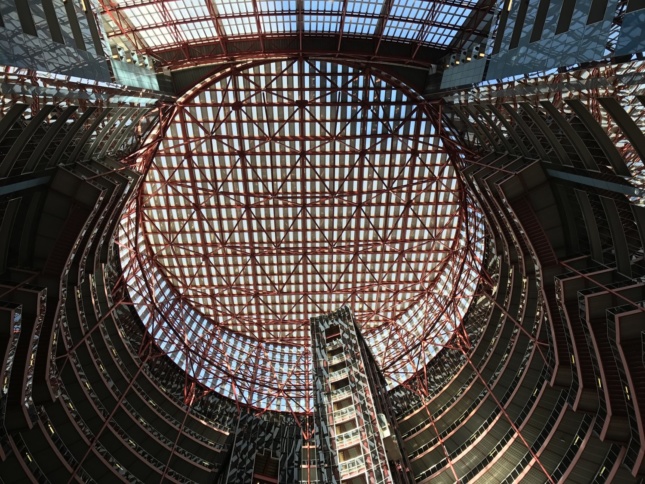
Do you think you’ll venture into a third season?
AB: I think so. When we started the podcast, we knew we wouldn’t have a lot of time to devote to it, but we’ve really grown to enjoy the conversations. We’re actually visiting with episode six guest Whitney Moon later this fall. She’s teaching a course on podcasts and architectural media at the University of Wisconsin Milwaukee and we’re going to drop in and see what the students are up to. The show has a life long after the microphone is turned off.








